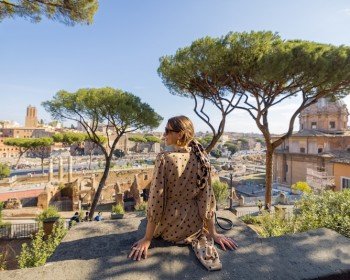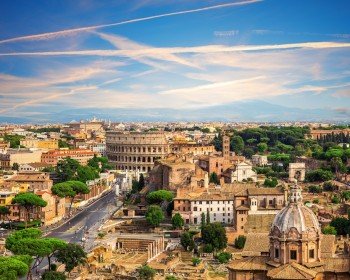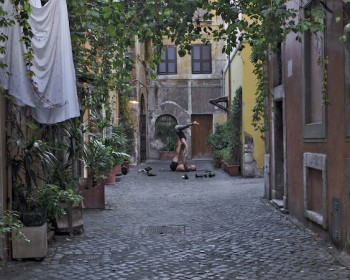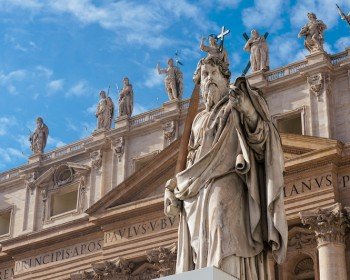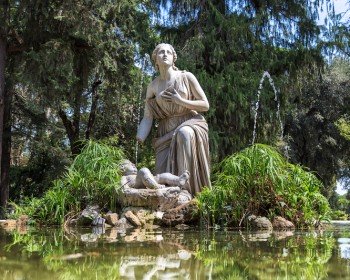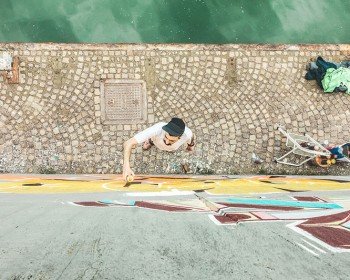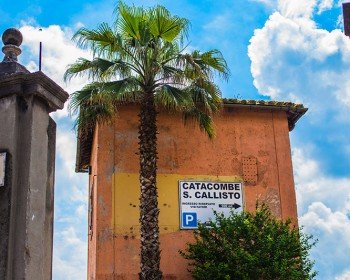I was enjoying a relaxed night with my friends in the Pigneto district of Rome, when I started to think about this topic. It was a Saturday evening and inspiration came to me in a instant. I don’t know why, but this matter is normally appreciated only by those with a specific interest in this niche of italian literature. In this article, my aim is to go beyond the classical Italian poetry well-known across the world, such as Dante Alighieri and his Divine Comedy and Petrarch, or the lyrical poetry undepinning the famous Italian Operas such as “La Bohème” or “Turandot” of Giacomo Puccini, “The Barber of Seville” of Gioacchino Rossini, or “Traviata” or “Nabucco”of Giuseppe Verdi. I want to give to share with you a different perspective on Italian poetry, something that perhaps you might not be expecting!
Are you ready? .. Let’s go!
The first and documented author of XIX^ century is Giuseppe Gioachino Belli, born in Rome 7th September 1791 and living until 21 December of 1863. He was young and full of diverse interests and passions, also in the scientific field. His first poem was written at the tender age of 14 and is called “La Campagna.” Dated to 1805 it talks about the beauties and effects of nature. The next year he wrote his “Dissertazione intorno alla natura e utilità delle voci.” This work was structred as an ancient scientific essay of Belli, and is so stunning beacause he does not talk about Natural Sciences but linguistic problems.
In the same year another essay was also produced in the linguistic field called “Saggio sull’origine delle conoscenze umane,” written by Codillac and reflecting on a number of linguistical concepts that went on to influence liguistical theory as whole in XVII century. The essay was centered on primary “word function” as the elementary product of human intelligence and an a instrument to pass from sensation to reflection. Furthermore, Codillac was curious about new discoveries and inventions like photography and the vapour car, as well as the fields of physics and chemistry. In 1807 he started to live in a university environment and compose “Lamentazioni”. He travelled across Italy: from Rovigo to Venezia, from Ferrara to Milan, to mention but a few. From 1824 to 1840 he wrote “Zibaldone”. In 1848 he dressed up like a charlatan called Gambalunga, who claimed his medice cured all sickness, and gave a public reading of a poem called “Il Ciarlatano”. He also wrote “Sonetti romaneschi” 2279 sonnets for 32000 verses, much more than Dante Alighieri’s “Divine Comedy.” In fact it is the biggest production of vernacular poetry of the XVIII century. In this vernacular poetry he wrote about roman people of the age, in a sarcastic and funny way, talking about all the central issues of human life and underlining the differences on the genuiness of the “poor people” and hypocrisy of the middle class. His works have also been translated in english by Michael Sullivan (“Vernacular sonnets by Giuseppe Gioachino Belli”, Windmill Books Limited, Londen). Other 73 sonnets based on bible stories were translated into english and put into the book “Abba abba” by Anthony Burgess. Why not have a read?!
Carlo Alberto Camillo Mariano Salustri, who used the pseudonym of “Trilussa” (of course, his real name was so boring and long!) lived from 1871 to 1950 and was a poet, writer and journalist. In 1877, in a vernacular periodic named Rugantino published his first poem named “L’invenzione della stampa”. In this poem he begins by acknowledging the press as an innovative creation, however the poem as a whole is actually a negative critique on the contemporary press. Trilussa published many books and many collections: of which the most famous are “Stelle di Roma, versetti romaneschi”, “Quaranta sonetti romaneschi”, fairy tales (such as “Vispa Teresa”) adptaded into the vernacular language. Trilussa is treated like a VIP or a rockstar here in Rome!
In one of the most ancient and famous districts of Rome, Trastevere, you will find two statues that are dedicated to the famous Vernacular Poets Giuseppe Gioachino Belli and Trilussa. The statue of Giuseppe Gioachino Belli can be found at the entrance to the Trastevere district, between Lungotevere, Ponte Garibaldi and Trastevere Boulevard. The statue representing Belli, rests on the parapet of Ponte Fabricio (the bridge you might cross to visit Tiber Island) with his right hand indicating he is going “somewhere” and the other hand clutching a black walking stick. On either side are two equal fountains, one that represents Poetry and the other one Satire.
Trilussa’s monument is situated in his namesake square, Piazza Trilussa, near Lungotevere and Ponte Sisto. He’s portrayted in a very particular pose! Moreover, there are two plaques dedicated to Trilussa: one in via del Babbuino where he was born, and the other in via Maria Adelaide where he lived.
Why not take a trip to Trastevere and search for these statues whilst you’re there. But what is the Trastevre district of Rome?
Trastevere is perhaps the most romantic quarter in the heart of the city!
A tour of Trastevere should start from Trilussa square itself. Here you can sit on the steps and drink fresh roman water from the fountain. After crossing Ponte Sisto birdge and enjoying the spectacular view, go to via dei Pettinari and turn to the left to admire Palazzo Farnese and its beautiful fountain. Continue to via dei Farnesi, and you will arrive in Campo de’Fiori. Here you can cherish the smells and sounds of the square, where a fabulous local food market is held every morning during the week. You will also find the statue of the philosopher Giordano Bruno.
In Largo dei Librari you must visit Santa Barbara dei Librari church. Then continue to via dei Giubbonari and via dei Falegnami, where you will be blown away by Fontana delle Tartarughe. From via di S. Ambrogio the Jewish district begins, populary named the “Ghetto”. Arriving at Portico d’Ottavia you will be attracted by the classical style of the architecture. Why not eat a typical speciality of the area, “carciofo alla giudia” an artichoke fried two times: crispy and delicious- a real culinary delight!
Here you will also see the Jewish synagogue, built from 1901 to 1904, and the headquarter of the Jewish Museum. Constructed between Campidoglio and Gianicolo, it was built to be seen in all parts of the city.
After you have finished eating your artichokes, continue your walk to Lungotevere, turn left, on Lungotevere del Foro Olitorio until you arrive at via del Vicolo Jugario. Here you will arrive at the church of Santa Maria in Cosmedin and to the Bocca della Verità (mouth of truth). Cross the Palatino Bridge and via dei Vascellari, and you are in Santa Cecilia in Trastevere. Admire Piazza dei Mercanti where you can enjoy beautiful and romantic buildings completely covered in ivy. Your tour should end in Santa Maria in Trastevere, in the church that gives the name to the square.
In spring, summer and autumn here you will be able to enjoy the cultural events in the beating heart of the city!
Dear reader … You think that the article ends here? No, no, no … I’ve two tips! Vernacular Roman Poetry in these years has developed: but the topics are always the same, human emotions and social problems! These things are universally recognized across all the ages!
I recommend you read “500 e altre storie” di Alessandro Pieravanti, he’s a musician in the folk rock band named “Il Muro del Canto”, his reading and musical accompaniment is amazing!
Delve also into the book called “Metroromantici” by the writer collective named “Poeti der Trullo”. In this book you can find Vernacular Roman Poetry and little tales.
Take a literary tour through Rome and Italy as a whole!


